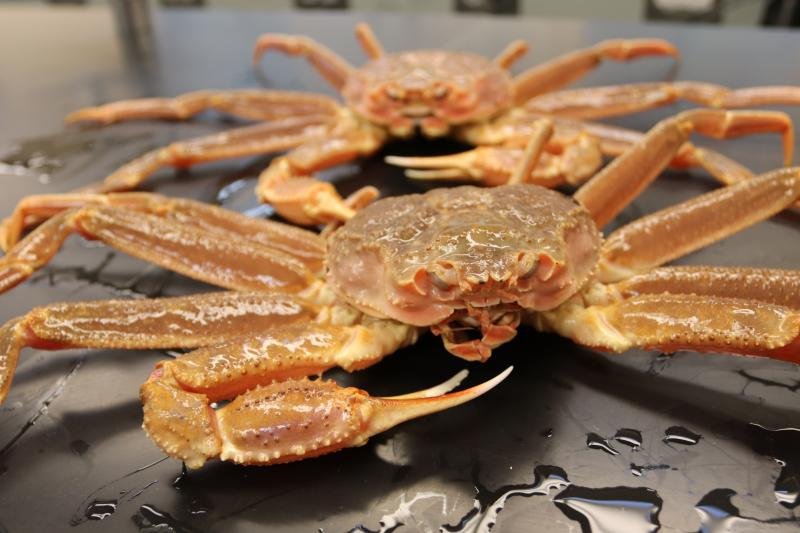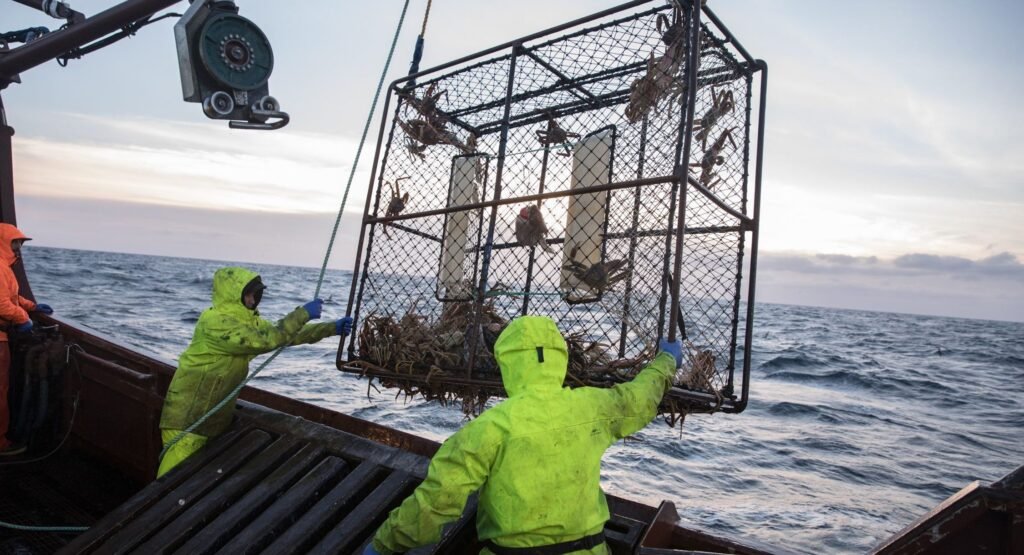A large number of snow crabs have vanished from the waters near Alaska. In 2015, scientists from NOAA Fisheries observed a high number of young snow crabs during their yearly research survey in the eastern Bering Sea.
In a span of just three years, the population of juvenile snow crabs decreased significantly, with a decline of about 50% between 2018 and 2019. In 2021, the survey recorded the lowest number of snow crabs on the eastern Bering Sea shelf since the survey started in 1975. Over 10 billion snow crabs vanished from the area between 2018 and 2021.

Snow crab fishing is a crucial source of income for Alaska, contributing an average of $150 million per year between 2012 and 2021. In 2021, 59 boats actively participated in snow crab harvesting, resulting in $219 million being injected into fishing communities.
In 2022, the Alaska fishery experienced its first-ever closure due to a significant decrease in adult and young snow crabs. This decision was followed by further restrictions on snow crab harvesting in 2023, causing great harm to the communities that rely on them for their livelihood.

Scientists from NOAA Fisheries conducted a study to determine the reason behind the rapid decline in the population of snow crabs. They concluded that the most probable cause of the decline was starvation and other factors associated with the marine heatwave that occurred during 2018-2019.
The increase in mortality during this heatwave could be explained by the combination of high temperatures and large population sizes, indicating that starvation was likely the main reason for the decline.
Can we learn from the decline of snow crabs in Alaska and apply those lessons to humans?
As global temperatures increase and extreme weather events like droughts, floods, and heatwaves become more frequent, there are concerns about declining food production. This raises the question of whether humans will face a similar fate as snow crabs.

The question of how significant changes in the habitat can affect the plants and animals living in it is not as absurd as it may seem. All living things are part of a natural order that has adapted to the stable earthly habitat for thousands of years.
However, when these habitats undergo significant changes, the consequences for the plants and animals living in them can be unexpected.
The indications of future events for humanity are evident, but we often overlook them. However, we may soon be unable to continue ignoring them.
Reference- NOAA Report, Clean Technica, National Geographic, BBC





